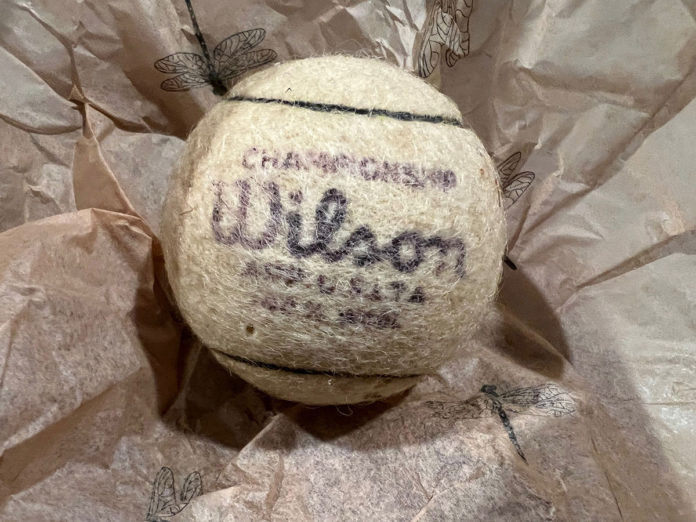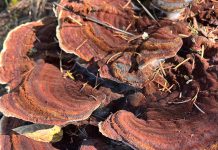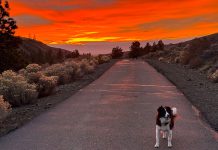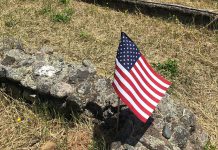
By Pierre Ratte
It’s Labor Day weekend and the U.S. Open Tennis Championships are in full swing—pun done— in Flushing Meadow, New York.
Lawn Tennis describes the game we know. It’s played on a tennis court, as opposed to Court Tennis, which is played in a courtyard. Confused? Let me explain.
Court Tennis, a.k.a. Royal or Real Tennis, started in the 1500s when racquets replaced gloves in a French game known as jeu de paume—game with palm of hand/glove—played in chateaux courtyards. By 1600 there were reportedly 250 Royal Tennis courts in Paris.
Henry VIII popularized the game in England, and somewhere along the way the courtyard for Royal Tennis was standardized to include a roof along one side, a net which sags 24 inches, netted galleries with a winning bell and a uniquely beveled side-wall only available to the serving player. Modern tennis nets sag 6 inches.
Lawn Tennis, a.k.a. Field Tennis or Long Tennis, started in 1874. Lawn Tennis quickly overtook croquet courses on Victorian estates. From English lawns it spread around the world. The only difference between Lawn Tennis and modern tennis is the surface. Tennis can be played on clay (French Open), grass (Wimbledon) or composition (U.S. and Australian Opens). In all cases, the game remains the same, though techniques change with the surface.
Fun Facts: The Open Era of tennis began in 1968 when professionals were allowed to play in Grand Slam tournaments. Arthur Ashe won the first U.S. Open, and the main stadium at the Billie Jean King National Tennis Center bears his name. Dr. Robert Walter Johnson coached Arthur Ashe, Althea Gibson and my high-school teammate, John Fullenweider.
Billie Jean King’s brother played for the San Francisco Giants. Randy Moffitt is enshrined on their Wall of Fame. Billie Jean King won the Presidential Medal of Freedom, and Francis Brennan coached Billie Jean King—and me.
The Billie Jean King National Tennis Center is located on the grounds of the 1964 New York World’s Fair. Louis Armstrong Stadium at the center was built by the Singer Sewing Machine company and later used for rock concerts including the Doors, Janis Joplin, the Who and Jimi Hendrix before conversion for tennis use.








